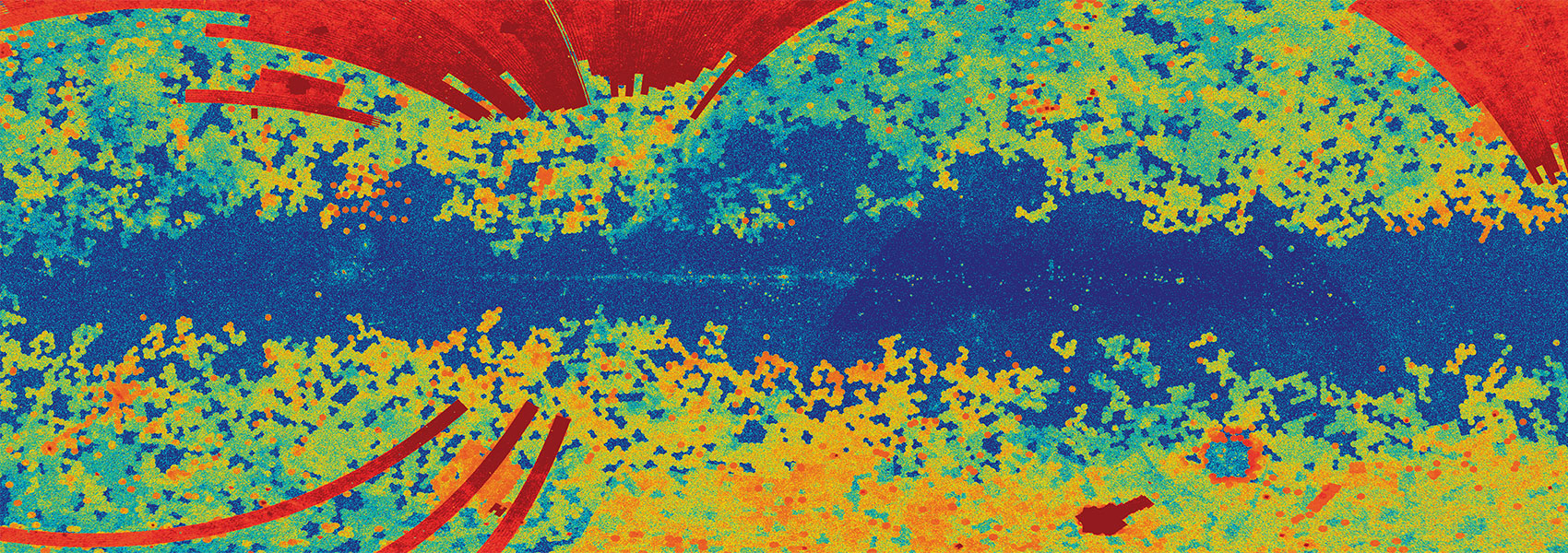April
2016
•
2016ApJ...821...26B
Authors
•
Buhler, Peter B.
•
Knutson, Heather A.
•
Batygin, Konstantin
•
Fulton, Benjamin J.
•
Fortney, Jonathan J.
•
Burrows, Adam
•
Wong, Ian
Abstract
•
HAT-P-13b is a Jupiter-mass transiting exoplanet that has settled onto a stable, short-period, and mildly eccentric orbit as a consequence of the action of tidal dissipation and perturbations from a second, highly eccentric, outer companion. Owing to the special orbital configuration of the HAT-P-13 system, the magnitude of HAT-P-13b's eccentricity (eb) is in part dictated by its Love number ({k}{2b}), which is in turn a proxy for the degree of central mass concentration in its interior. Thus, the measurement of eb constrains {k}{2b} and allows us to place otherwise elusive constraints on the mass of HAT-P-13b's core (Mcore,b). In this study we derive new constraints on the value of eb by observing two secondary eclipses of HAT-P-13b with the Infrared Array Camera on board the Spitzer Space Telescope. We fit the measured secondary eclipse times simultaneously with radial velocity measurements and find that eb = 0.00700 ± 0.00100. We then use octupole-order secular perturbation theory to find the corresponding {k}{2b}={0.31}-0.05+0.08. Applying structural evolution models, we then find, with 68% confidence, that Mcore,b is less than 25 Earth masses (M⊕). The most likely value is Mcore,b = 11 M⊕, which is similar to the core mass theoretically required for runaway gas accretion. This is the tightest constraint to date on the core mass of a hot Jupiter. Additionally, we find that the measured secondary eclipse depths, which are in the 3.6 and 4.5 μm bands, best match atmospheric model predictions with a dayside temperature inversion and relatively efficient day-night circulation.
Links




